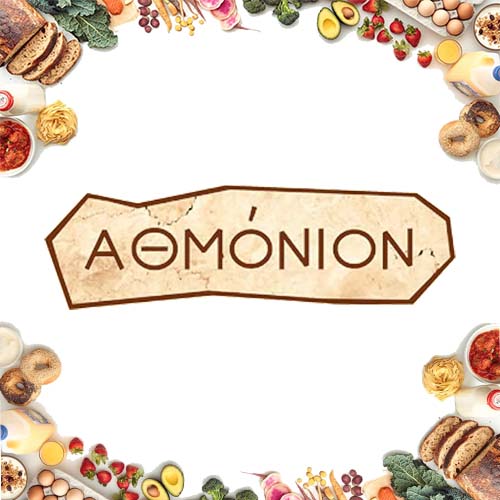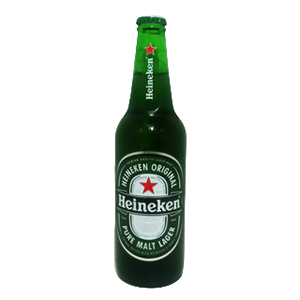Είναι μια μεγάλη ποικιλία μήλων που κατάγεται από την περιοχή του Εύξεινου Πόντου. Το ελληνικό μήλο Φιρίκι συναντάται ως επί το πλείστον στις ορεινές και ημιορεινές περιοχές της χώρας. Πριν από 150-200 χρόνια εμφανίστηκε στο Πήλιο ένα μοναδικό στο είδος μήλο, μικρό στο μέγεθος και υπόξινο στη γεύση: το φιρίκι, το ήμερο και το άγριο (που δεν είναι εδώδιμο). Το φιρίκι είχε σημαντικά πλεονεκτήματα έναντι των υπόλοιπων ποικιλιών: ήταν ένα μήλο ανθεκτικό στις ασθένειες και με μεγάλη αντοχή μετά τη συγκομιδή. Με την έλευση όμως των καινούργιων ποικιλιών περιορίστηκε πολύ η καλλιέργειά του λόγω των μεγάλων απαιτήσεών του. Γενικά, το φιρίκι είναι αρωματικό μήλο, έχει μικρό μέγεθος και σχήμα ωοειδές. Ο φλοιός του είναι παχύς, πρασινοκίτρινος, με κόκκινη απόχρωση στα σημεία που το βλέπει ο ήλιος. Η σάρκα του είναι αφράτη, λευκοπράσινη και πολύ γλυκιά. Το πρώιμο ωριμάζει τον Αύγουστο και συντηρείται για ένα μήνα, ενώ το όψιμο ωριμάζει τον Οκτώβριο και συντηρείται σε ψυγεία με ειδικές συνθήκες μέχρι την άνοιξη.
Πηγή: http://www.mydiatrofi.gr
Ένα μήλο έχει μόνο 50-80 θερμίδες, ενώ είναι εξαιρετικά πλούσιο σε αντιοξειδωτικά, φλαβονοειδή και φυτικές ίνες. Συγκεκριμένα περιέχει: Βιταμίνη C,Βιταμίνες της ομάδας Β,Βιταμίνη Α και β-καροτένιο,Βιταμίνη Ε,Βιταμίνη Κ,Φυτικές ίνες.
πηγή: https://www.iatropedia.gr/ygeia/trote-mila-gia-deka-logous-igias/34717/
PDO Pelion apples covers a small, hilly area in the eastern part of mainland Greece, situated east of the coastal city of Volos. Its area coincides partially with than of PDO Volos olives and it neighbours PDO Stylida olives to the northeast.
This region is characterized by a mild climate with cool summers, high humidity and slight seasonal variations in temperature. These conditions are suitable for growing apples, which tend to do best in temperate zones with cold winters, moderate summer temperatures and high levels of humidity.
This appellation covers apples of the Firiki variety. The trees starts bearing fruit 6 years after planting and produce a crop once in every 2 years. To replace unproductive trees or create new orchards, producers use seedlings, grown from seeds, produced within the area of the appellation, or saplings, produced from grafting seedlings. The fruit is harvested by hand. All steps of the production process have to take place within the designated geographical area. Re-packing outside the area is permitted.
The apples are small to medium in size and have an elongated, cylindrical shape. The circumference of the fruit ranges between 14 and 18 centimeters. The skin is yellow-green in color with red tones, visible on the side that has been exposed to the sun. These apples have a juicy flesh, a high sugar content and low acidity levels.
It is believed that the Firiki apple variety originated in the Black Sea region. It has been grown in the foothills of Pelion since the 18th century.
https://en.wikipedia.org/wiki/Firiki_Piliou
Nutritional benefits of apples
Apples are extremely rich in antioxidants that help to protect our cells from free radical damage caused by factors such as pollution, cigarette smoke, UV rays and even inflammation within the body, often as a result of a poor diet or some medications.
Apples also contain dietary fibre needed to support a healthy digestive system, as well as vitamins A and C that support the immune system, vitamin K needed for blood clotting, biotin (vitamin B7) that helps to break down fat, and iodine which is involved in healthy thyroid function.
https://www.bbcgoodfood.com/howto/guide/health-benefits-apples





